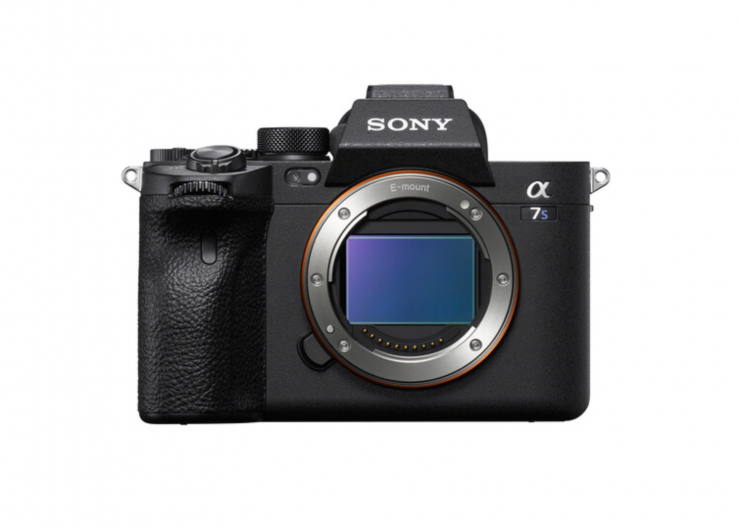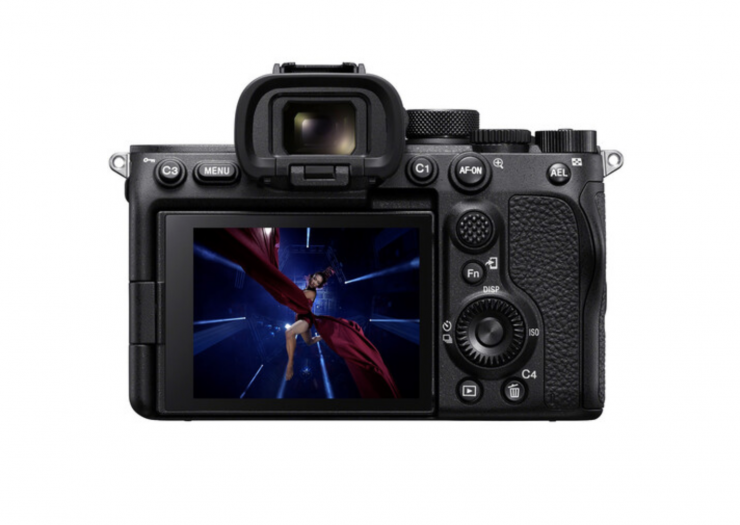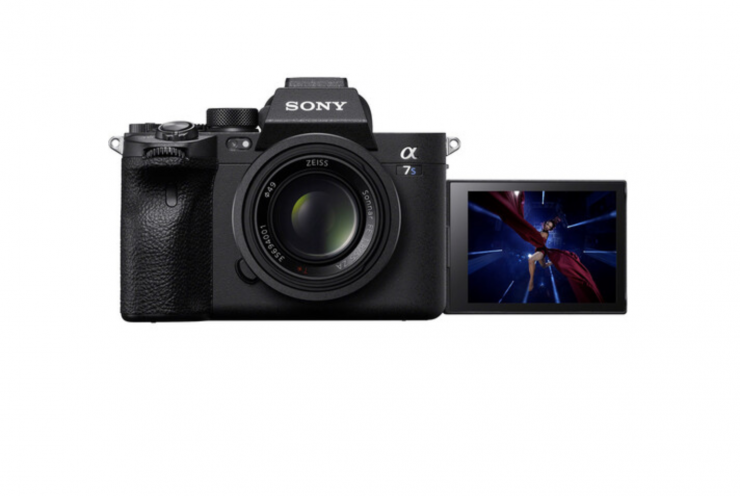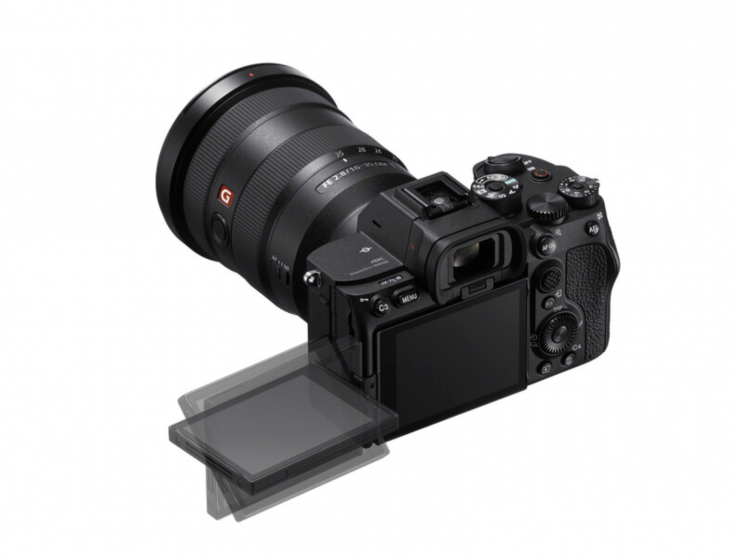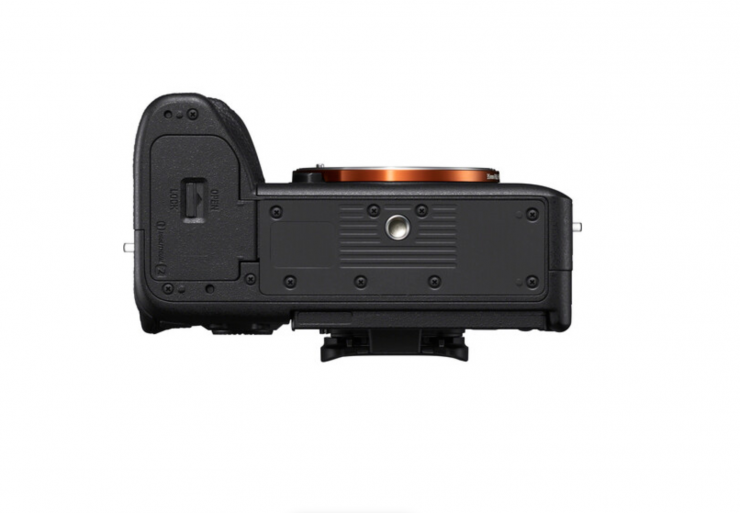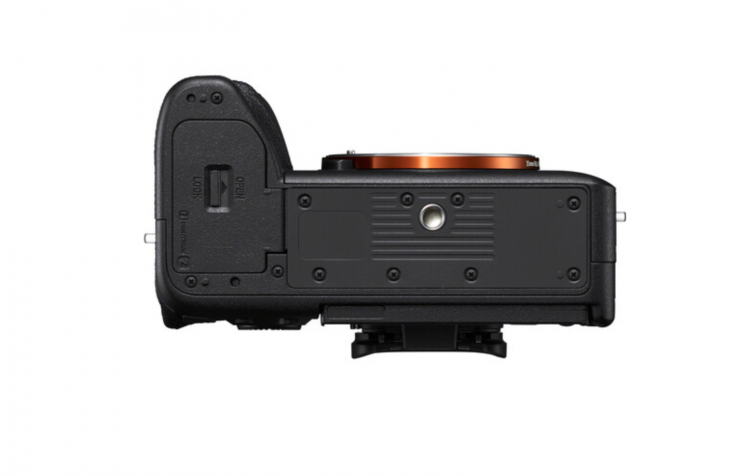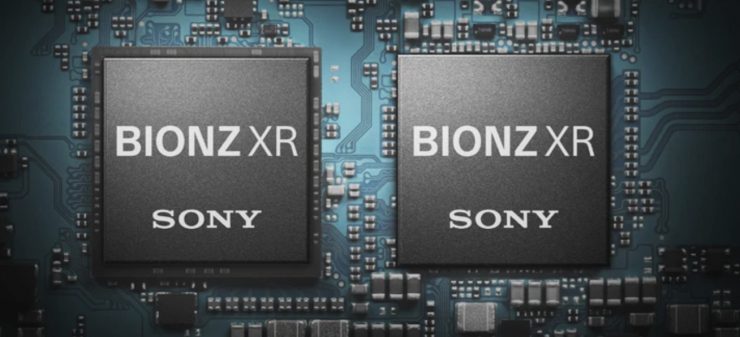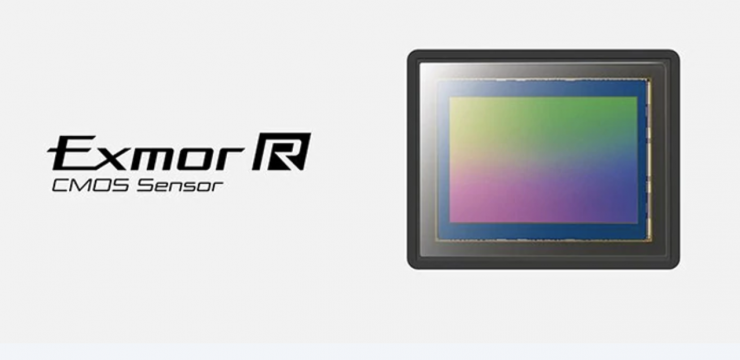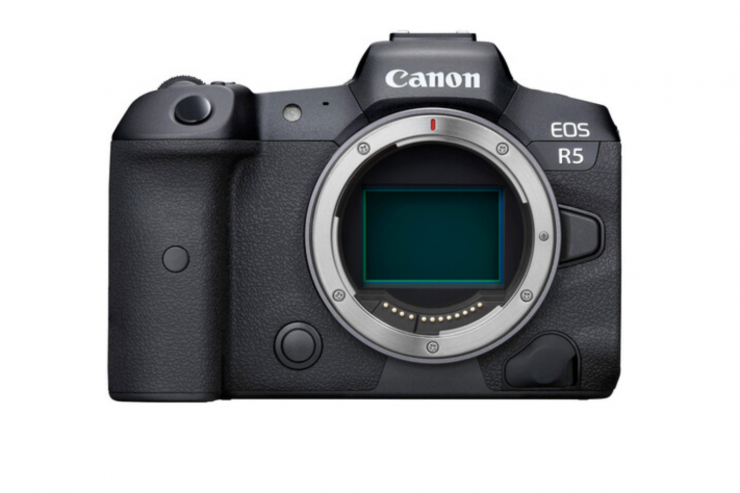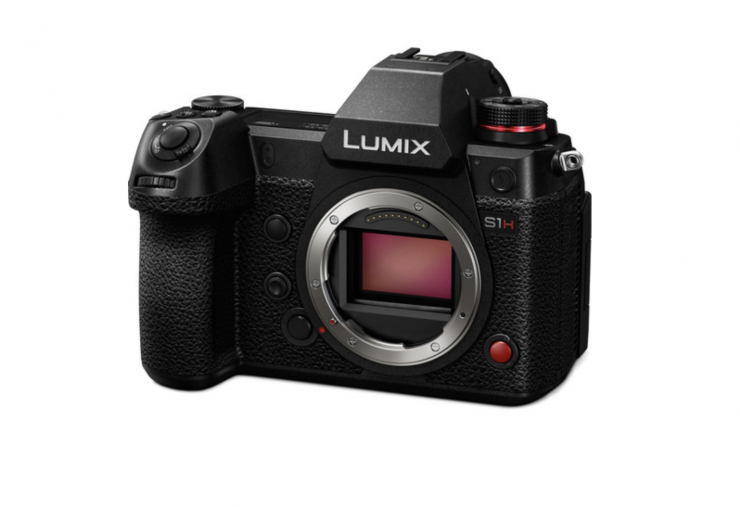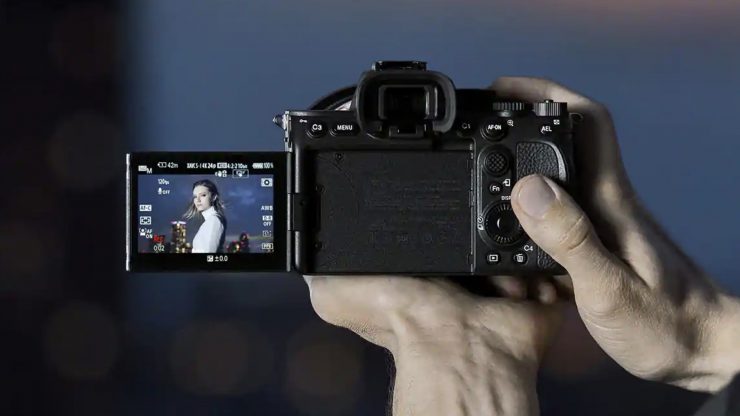
Sony has finally announced the long-awaited a7S III. Fans of the a7S series have had to wait almost 5 long years for the latest iteration to be released. I think a Lott of people were starting to think that this camera would never materialize, but it is finally here.
Now, before we get into my thoughts on the camera, there is something that needs to be said.
The Unicorn, the Easter Bunny, the Tooth Fairy, and the perfect camera. What do all of these have in common? They are all myths and no one has seen any of them. The Sony a7S III, like every camera that has come before it and will come after it, isn’t a Unicorn and nor is it a perfect camera. People’s expectations are usually unrealistic with camera releases and that goes for both hybrid mirrorless and digital cinema cameras.
Look, people are going to complain about any camera no matter what the manufacturer has or hasn’t done. On social media and online forums you will read constant complaints about manufacturer X,Y, or Z not including this or that feature in a camera. You will also get brand loyalists defending their chosen camera and slamming the competition. As the Joker said, ‘Why so serious?‘ At the end of the day, it is just a camera, it isn’t a matter of life or death. A camera is just a camera, and despite what you may read online, all of today’s modern cameras are very capable of recording great images. You see that I didn’t say very capable of capturing great images, because cameras don’t capture images, the person behind the camera does. The camera is merely a vessel that allows you record your creative intentions. Without the operator, a camera is just an innate object that can’t do anything.
We just have to look at the last two camera releases from Canon and Blackmagic. Both companies swung for the fences and announced cameras with pretty impressive specifications, however, people still found things to complain about. With the EOS R5, it was the overheating issues and/or the recording times, with the Blackmagic URSA Mini Pro 12K it was who needs 12K, or why didn’t they release a full-frame BMPCC. In some cases, complaining is certainly warranted if a camera has potential reliability or usability issues. This is different from complaining about a camera not having certain features or specifications.
Specifications and marketing hype seems to somehow become more important than reliability and usability. At the end of the day if you are a professional who makes your living from shooting video you want a reliable and easy to use camera. I personally place those two items as my absolute top priorities when choosing a camera. It has to work 100% of the time without any issues or limitations. No professional regardless of what field they work in wants to use a product that isn’t reliable.
In 2020 we are so spoilt for choice, and we should be thankful for the options that are available to us. I’m not for one second saying there shouldn’t be a constructive discussion about cameras and features, because there certainly should be. However, there is a place for every camera and nobody needs to defend their camera purchase or opinion to anyone. As someone who runs an industry website, I have to try and remain as neutral and as balanced as possible. My job is to present both sides of the story and let the reader forge their own opinion. It is important to talk about the good and the bad and utilize many decades of experience to give you an informed and educated opinion. My opinion, is just that, an opinion. Nobody should ever rely on the opinion or advice of one single person. Read as many different takes on something as possible and make up your own mind. Don’t get led down a path because you are simply just following that person.
The Sony a7S III is just another camera, and like any camera, some people will like it, and some people will not like it. Not everyone likes rum & raisin ice cream, that’s why there are so many flavors of ice cream to choose from. It is the same with cameras. If the a7S III isn’t the camera for you, there are plenty of other options out there. There will always be brand loyalists who will defend their camera of choice like their life depends on it. Conversely, there will always be users of another brand who want to argue that their camera of choice is much better.
History of the a7S
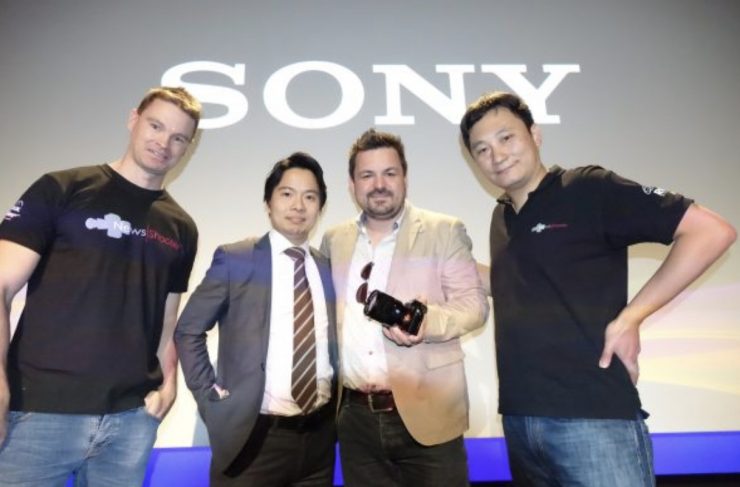
It was way back in 2014 at NAB when Sony first announced the a7S. The a7S was arguably the first video-centric hybrid mirrorless camera.
The α7S was a 4K camera with a 12.2 megapixel full-frame CMOS sensor. The S, stood for sensitivity, and the camera had an ISO range of 50 up to a whopping 409600.
Internally the camera could record up to 1080P HD in XAVC-S 4:2:0 at 50Mb/s. Externally it can output 4K (QFHD: 3840 x 2160) 4:2:2 to a third party an external recorder.
In-camera color profiles include Sony’s S-log2 as well as a range of other standard gammas.
I was lucky enough to be one of the first people to be able to test out the a7S.
The a7S went on to be an incredibly popular camera and a lot of Sony shooters who were using cameras such as the F3, FS100, FS700, FS7,F5, and F55 purchased one to use as a B camera.
The a7S was a great success for Sony and it will always have its place in camera history.
The a7S II was announced In September 2015, just 17 months after the original a7S.
The a7s II, was the successor to the wildly popular a7S that had developed a reputation for its excellent low light ability and being able to match footage as a B-camera for more expensive Sony siblings like the FS7.
The biggest new additions to the a7S II were in-body image stabilization and in-camera 4K recording.
It is important to remember that the a7S II did have overheating issues like most full-frame mirrorless cameras. Sony did put out firmware that was supposed to address this issue, and while it did seem to help, it didn’t eleviate the problem altogether.
Just like the original a7S, the a7S II was a very successful and widely used camera, however, in recent years subsequent alpha series cameras ended up overshadowing the a7S II. Technology has come a long way since 2015, and the a7S III has taken a long time to come to market.
The competition in the mirrorless world all caught up and no longer was Sony sitting way out ahead of that competition.
Panasonic caught up with its S1 and S1H and then Canon has come along with the EOS R6 and R5. The saving grace in a lot of ways for Sony, is that the a7S III announcement took place not that long after Canon officially announced the R5 and R6. Quite a few early adopters of Canon for video eventually made the jump to Sony and E-mount, especially when cameras such as the FS700, FS7, FS5, and the original a7S started to appear. A lot of those same shooters who may well have jumped back to Canon have been waiting patiently to see what the a7S III offered.
So, let’s have a look at the a7S III in more detail.
Is it what we all expected?
I can’t speak for anyone else, but the a7S III is pretty much what I expected from Sony. Instead of swinging for the fences like Canon, Sony decided to just give people what they have been asking for and not necessarily what they think they need. Realistically, a very high proportion of shooters using small mirrorless hybrid cameras don’t need 8K or internal RAW recording. Look, there is nothing wrong with 8K and internal recording, and I love that Canon has been really bold and aggressive with the R5, but these are not features a lot of shooters will use on a day to day basis. It is almost akin to buying a car that can do 200 MPH. It is great that that car can do 200MPH, but how often are you going to drive at 200 MPH?
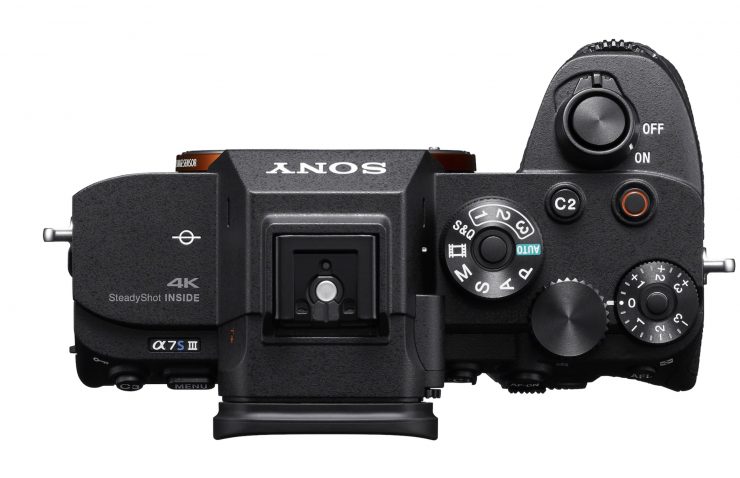
What Sony has done with the a7S III is to make a daily driver where the majority of the camera’s features are going to be used all of the time. Could they have gone further? Probably. Should they have included more features? Maybe. But you know what, they probably didn’t need to.
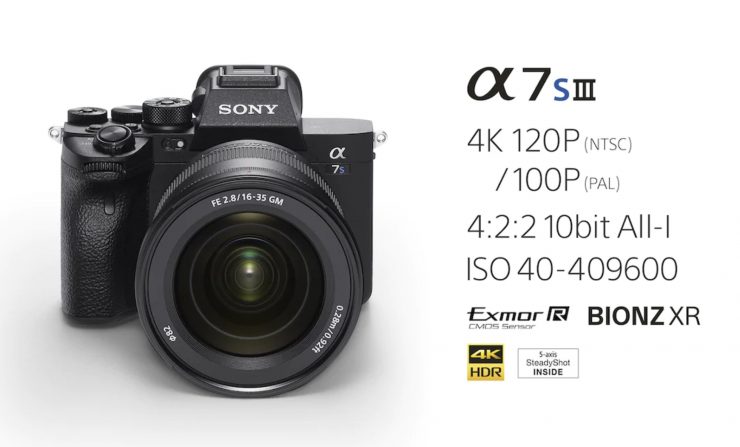
Sony’s direction with the a7S III is completely different from the path that Canon has decided to take. There’s nothing wrong with either direction, and it gives shooters looking for a video-centric hybrid an option as to what road they decide to go down.
Key New Additions
- Internal non cropped 4K up to 60p 4:2:2 10-bit internal
- No time restrictions on 4K 4:2:2 10-bit up to 30p
- 1 hour time restriction on 4K 60p 4:2:2 10-bit internal
- Improved auto focus performance
- A fully articulating rear LCD screen
- Redesigned menu system
- New Electronic IS
- 4K at 120fps 4:2:2 10-bit (1.1x crop) time recording limit of 30 minutes
- 4K RAW up to 120p over HDMI
- HD 240fps (no crop)
- Downsampled 1080P
- Full-sized HDMI
- Decent codec
- S-Log 3 and Cinetone
- Decent amount of DR
There really isn’t a lot to complain about. People wanted 4K up to 60p in 4:2:2 10-bit with no crop and no recording limits when recording in frame rates up to 30p. They also wanted a better menu system, IBIS, and good auto performance.
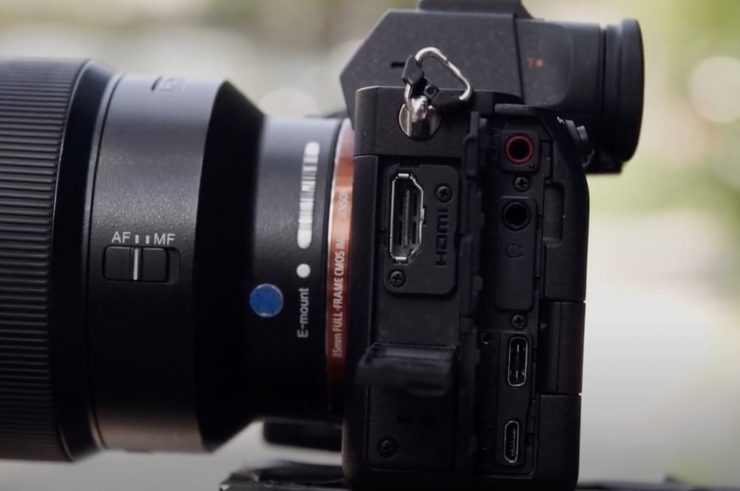
They also did away with the Micro HDMI and finally went with a full-sized HDMI port.
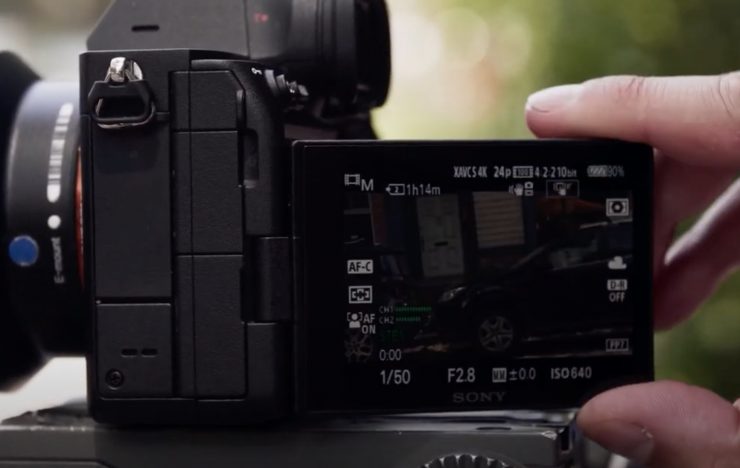
Image credit: B&H 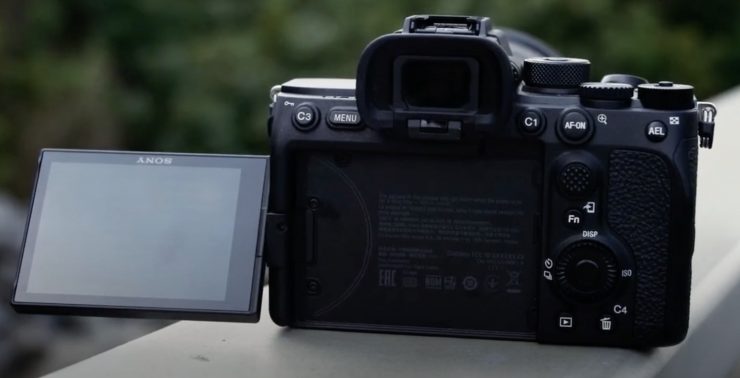
Image credit: B&H 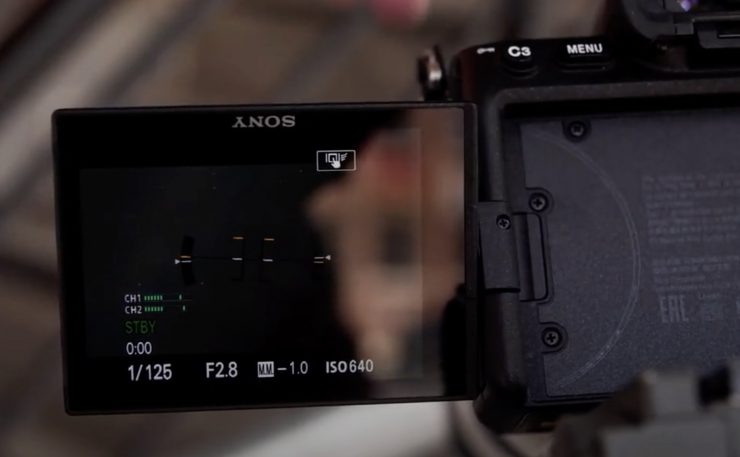
Image credit: B&H
Sony also added a fully articulating LCD screen. A first for the a7S series.
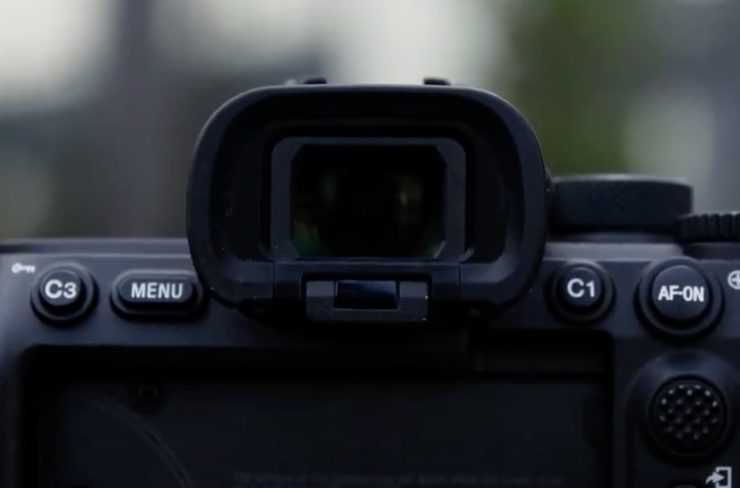
There is also a brand new OLED EVF that is claimed to have a very wide viewing angle.
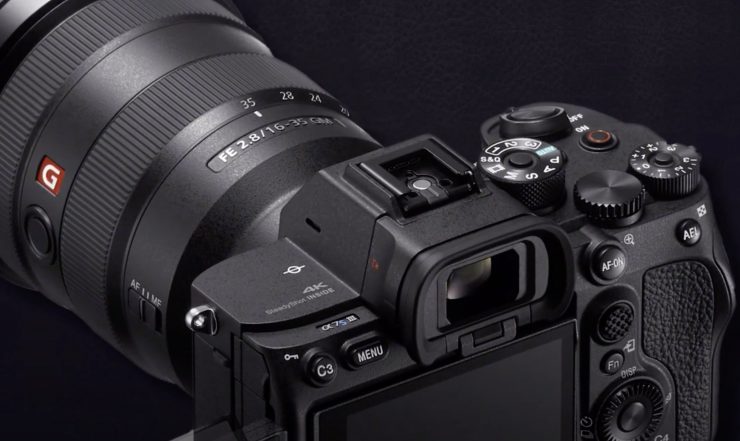
The design of the camera is very reminiscent of recent alpha series offerings, but there are a few small changes. There is a newly redesigned Mode dial. Sony has finally placed the stills and video modes right next to each other on the Mode dial. This may be a small thing but it allows you to change between the two a lot quicker. What is also nice is that your settings no longer carry over from stills to video or vice versa. You can keep your camera set up for the way you want to work for both video and stills without having the camera default to the same settings in both modes.
The catch 22 is this isn’t done by default, you have to go into a menu to set this up.
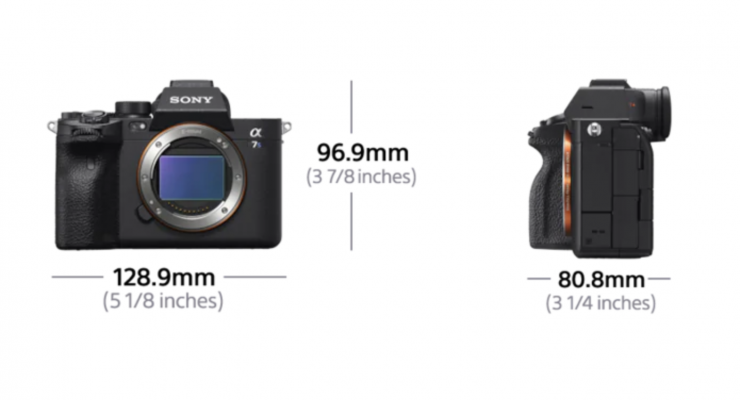
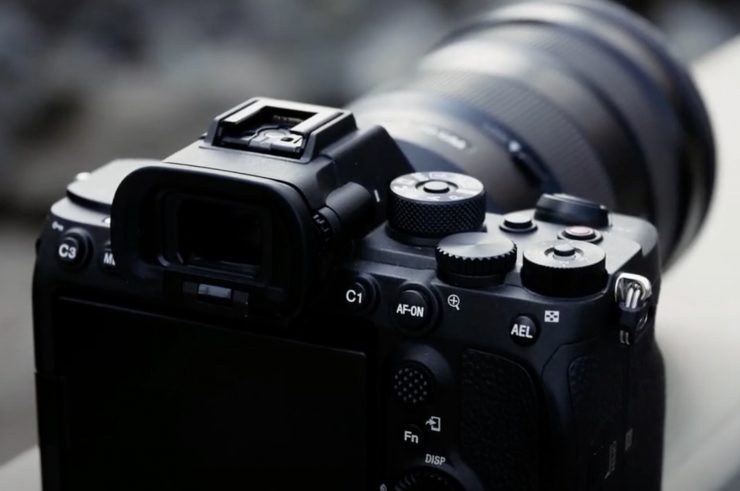
Image credit: B&H
The camera weighs in at just 614g (21.65oz).
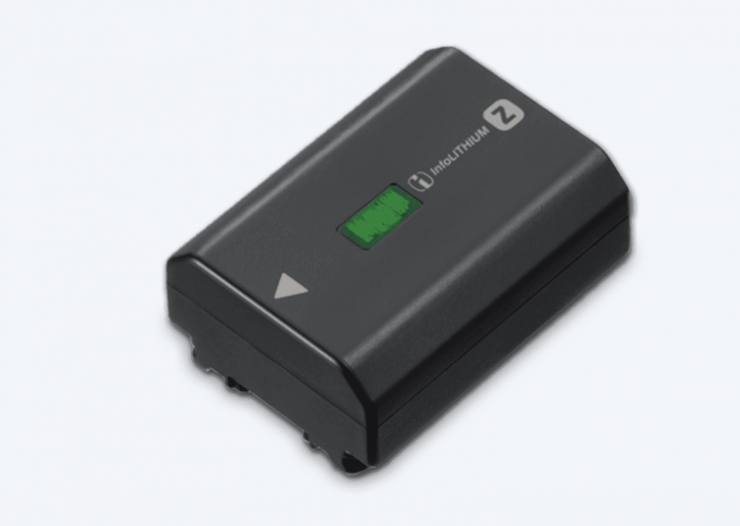
As far as battery life is concerned Sony states that for Movie recording you will get Approx. 80 min (Viewfinder) / Approx. 95 min (LCD monitor).
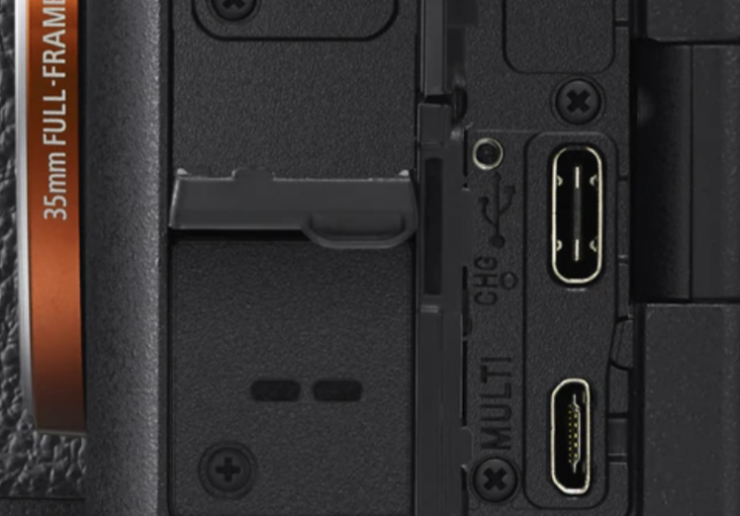
The camera also supports USB PD (Power Delivery) to enable continuous shooting for extended periods without draining the internal battery. PD-compatible USB chargers and mobile batteries can be connected to the camera’s USB Type C® port, to supply power or to recharge the internal battery at 3 to 4-times the speed of conventional power supplies.
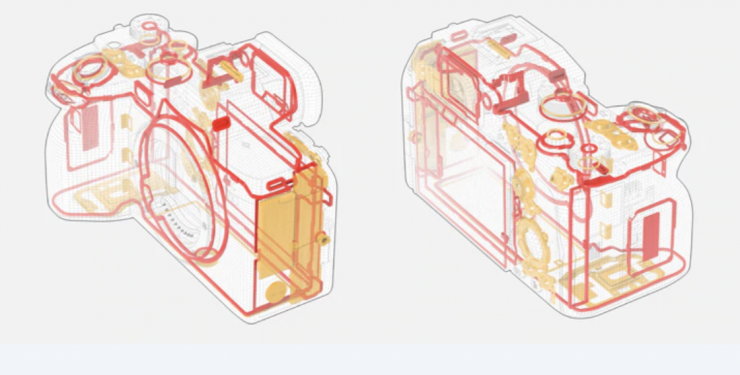
To maximize dust and moisture resistance, additional sealing has been applied to all body seams and to the battery compartment cover, and the media slot cover has been redesigned to handle harsh outdoor environments. A filter in front of the image sensor oscillates at an ultrasonic frequency of 70,000 cycles per second to remove dust from the sensor surface. The camera chassis is highly durable thanks to full magnesium-alloy construction.
Look, it doesn’t have some of the eye-catching specifications of the Canon R5 and that may well disappoint some people. As I will keep mentioning over and over again, there is a camera out there for everyone. It is up to you to choose the right one that suits your needs.
New Sensor & Image Processor
The a7S III features a brand new 12.2 Megapixel CMOS sensor. The sensor size is 35.8 x 23.9 mm and it allows for a maximum resolution of 4240 x 2832.
This is the same sized sensor that is in both the a7S and aS7S II. The pixel pitch of the new sensor is 8.32 µm. To put that in perspective, the EOS R5 has a pixel pitch of 4.40 µm. With a very big pixel pitch, the a7S III should be very good in low light conditions. From the footage I have seen, low light performance looks to be exceptionally good.
The a7S III also receives a brand new BIONZ-XR image processor that is claimed to be able to read the sensor 3x faster than the previous a7S II and 2x faster than most traditional mirrorless hybrid sensors. This new processor is claimed to be 8x faster than the older BIONZ X processor. In theory, this should result in a lot less rolling shutter, and from early reports, it looks like the rolling shutter is almost non-existent.
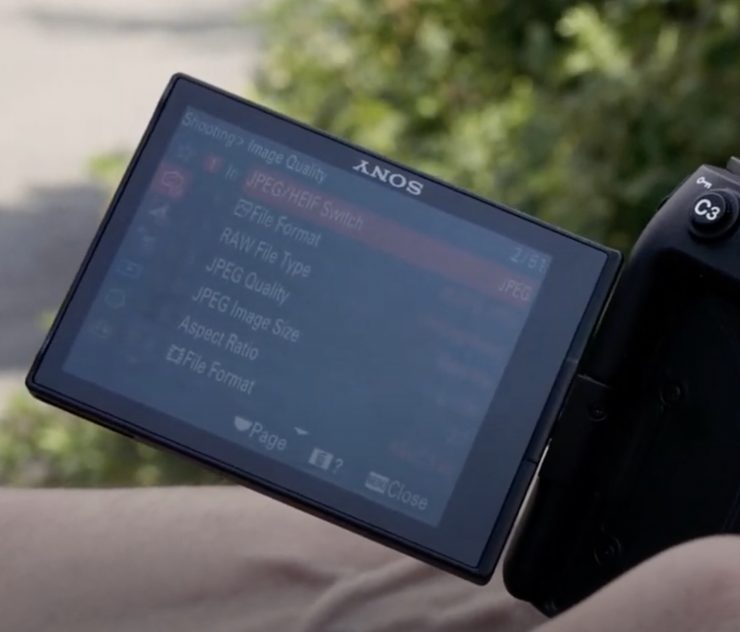
Image credit: B&H 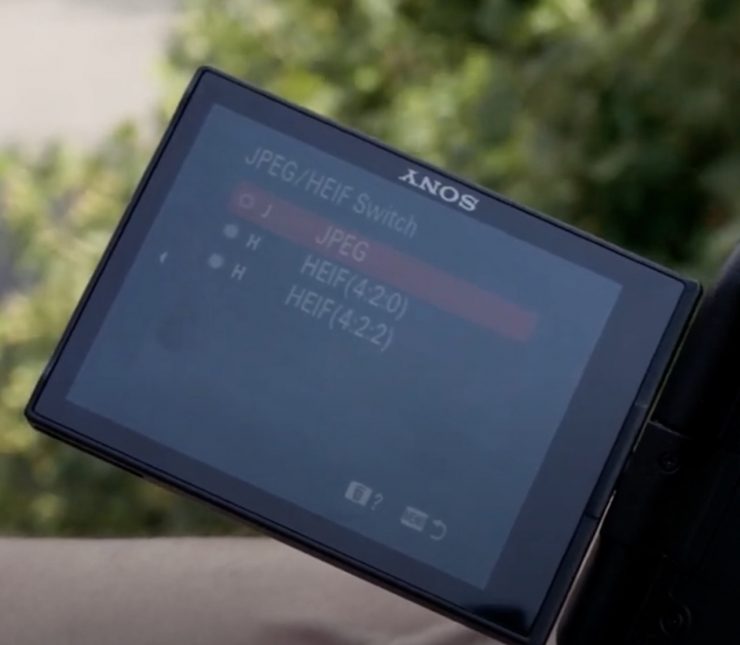
Image credit: B&H
At 12.2 MP this isn’t going to be a camera that most people are going to reach for to take stills, but it will still take pretty good photographs. If you just need to take photos for social media and wed delivery it should still do the job.
Unlike the Canon EOS R5, the a7S III is not so much a hybrid camera, it is clearly more focused on video. This is something to keep in mind if you are looking for a hybrid mirrorless. If you want a good camera that can do both stills and video well, this is probably not going to be the best choice.
Sony is claiming 15+ stops of dynamic range from the a7S III, but I would take that figure with a grain of salt. Most manufacturers exaggerate their camera’s real dynamic range.
What about the heat?
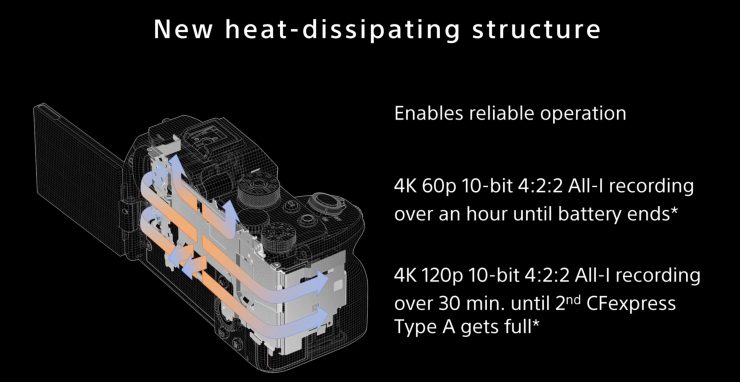
Heat is a big problem for any small-sized camera, especially a mirrorless or DSLR. Sony claims they are using a brand new internal design and they are stressing that the camera will not overheat in any mode. This new design does not utilize a fan like the Panasonic S1H.
We have already seen the massive controversy surrounding the heat issues in relation to the Canon EOS R5 and R6. To be fair and balanced it is going to be a lot more difficult to cool a camera with a 45MP sized sensor that is capable of recording 8K than a 12MP camera that only does 4K.
Sony has said their cameras don’t overheat in the past, but we all know that isn’t the case. I was using a Sony a7 III on a shoot in a camera cage and I was hand holding the camera and after around 25 minutes it overheated and shut down.
According to Sony, the a7S III uses a new passive cooling system and they claim that it won’t overheat. You can record unlimited 4K 4:2;10-bit at up to 30p, and up to 1 hour of 4K 4:2:2 10-bit 60p. All this can be done in any of the XAVC codecs. 4K 120p is limited to 20 minutes, but I’m pretty sure you would probably fill your card up before you even reach that limit.
Here is what Sony officially says:
The Alpha 7S III’s design has been updated to ensure effective heat dissipation and minimizes overheating — even during extended continuous recording sessions at 4K 60p 10-bit 4:2:2 video lasting an hour or more. A newly developed unique heat-dissipating structure keeps the image sensor and image processing engine temperatures within their normal operating ranges, preventing overheating while maintaining compact body dimensions. The new heat-dissipating structure requires no fan or cabinet vents allowing Alpha 7S III to maintain dust and moisture resistance.
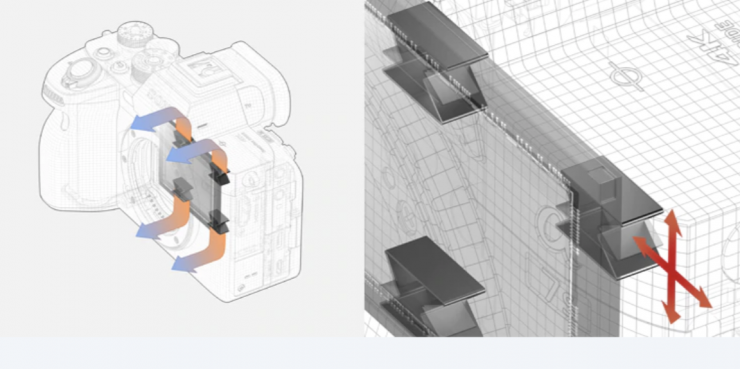
The camera’s design has been optimized to prevent overheating even during extended recording sessions. A unique Sony Σ (sigma) shaped graphite-alloy heatsink is built into the image stabilization unit, allowing the sensor to dissipate heat five times more effectively than in previous models, while allowing it to move freely and avoiding interference with the stabilization system.
Full Frame weather-sealed mirrorless cameras cannot dissipate heat efficiently. You can’t have your cake and eat it too. If you want weather sealing in a compact body you are primarily designing the camera for still photography use and not video. In my honest opinion, Panasonic is the only company that has managed to produce a proper video-centric full-frame mirrorless hybrid that doesn’t have any overheating issues. You can argue with me all you like, but if you produce a hybrid camera that is touted as having revolutionary video features, those features need to work reliably and without issues. There is no buts or ifs or any reasonable excuse why reliability shouldn’t be paramount for a product aimed at professional users. Putting out a camera with eye-catching specifications is more to do with being first and marketing than anything else.
I’m still skeptical about Sony’s no overheating claim, but we will have to wait for real-world testing to see if the a7S III has any problems. If it does I will call out Sony just like I have with Canon.
But it’s only 4K
In some ways releasing a camera in 2020 that can only record 4K when your competition is doing 6K and 8K might at first seem like a strange decision. However, how many people actually need greater than 4K at this point in time? The majority of content you consume is either HD or UHD, and that is unlikely to change anytime soon. Yes, you could very well argue that capturing at a higher resolution allows for more flexibility with reframing in post, and that is a good argument, however, if you are capturing in 4K and still delivering in HD (which a lot of people are) you don’t need resolution above 4K.
The worst argument I always hear in regards to resolution is that I am future proofing my material. Is historical content not being shown anymore because it was captured in black and white, or 4:3 or SD? Of course not. Future-proofing my footage is a ridiculous argument especially considering the majority of peoples’ work isn’t something that needs to be preserved and shown in 20 years’ time. In my opinion, there is no such thing as future proof. Again there is nothing wrong with wanting to capture something in the highest quality possible, but just don’t use the future proof argument.
Eye-popping specifications and marketing hype sell cameras, so it will be interesting to see if sales of the a7S III get affected because it doesn’t have flashy features that jump off a page.
External RAW Recording
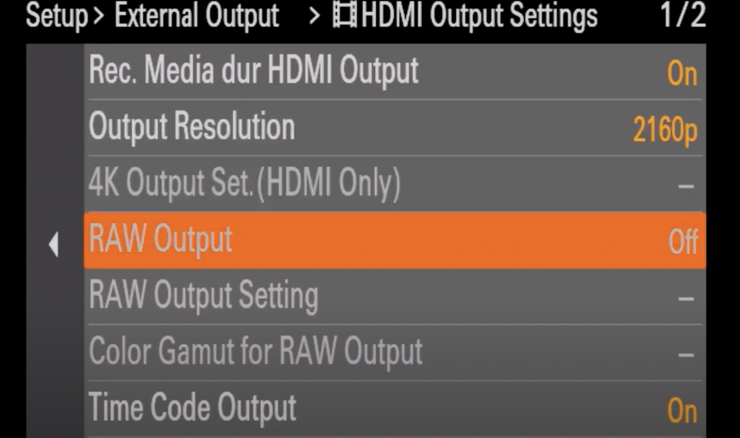
Having internal RAW recording is always a lot less hassle than having to record it externally. Sony doesn’t have Canon RAW or BRAW, so any RAW you are going to record is going to have to be done externally.
According to Sony, the a7S III will output 16-bit linear RAW, but here lays the problem. There is nothing that can record 16-bit linear RAW, except the Sony R5 and R7 recorders and they aren’t compatible with the a7S III. Just like the RAW signal coming out of the FX9, the 16-bit RAW signal coming out of the a7S III needs to be converted into 12-bit RAW so it can be recorded as ProRes RAW. Just how this conversion process is being done isn’t clear.
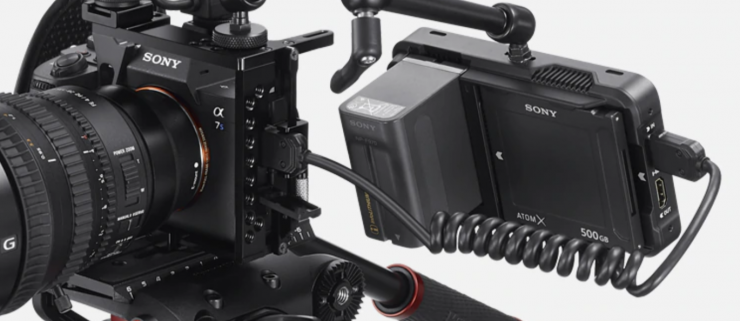
You will be able to record 4K at up to 60p externally to a compatible Atomos recorder. Now, the nice thing is, you can not only record 4K RAW up to 60p externally, but you can also internally record to the dual card slots at the same time. This is a big deal and I think a lot of shooters will welcome this news.
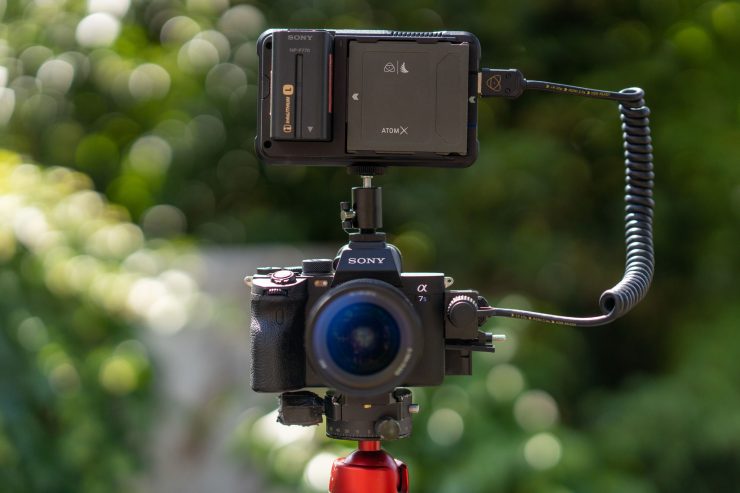
If you are a Sony FX9 user you may be a little annoyed that you need to spend $2,298 USD for the Sony XDCA-FX9 Extension Unit and then you also need to buy an Atomos Shogun 7. For a7S III users all you need to do is use an affordable $600 USD Ninja V.
Internal Frame Rates
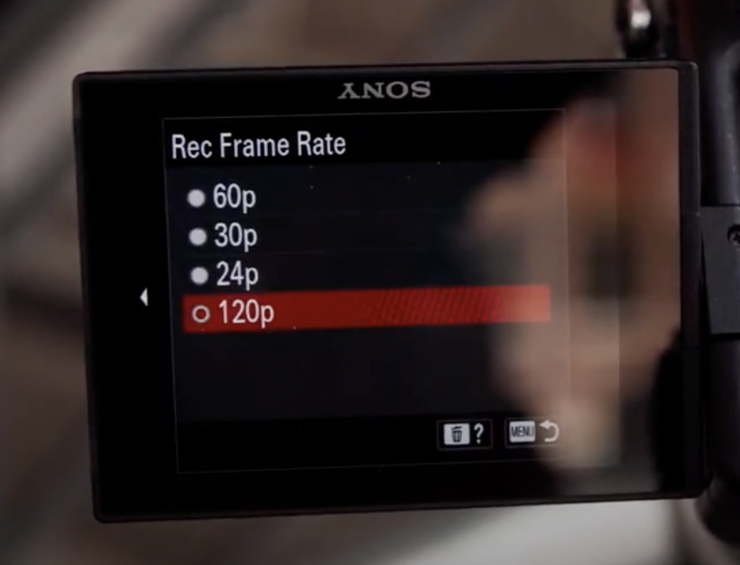
Image credit: B&H 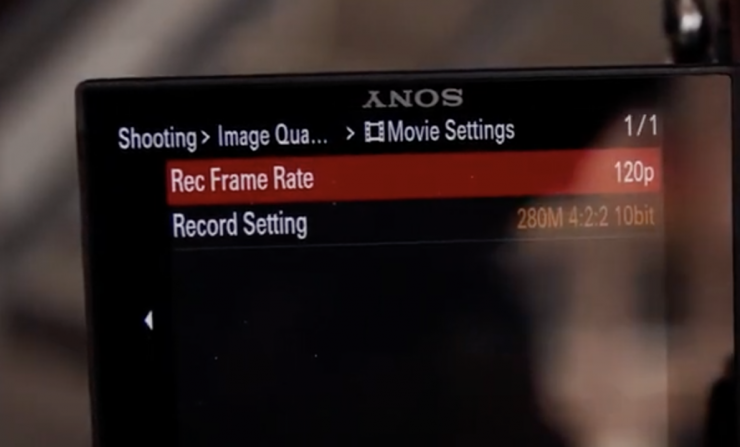
Image credit: B&H
Sony has put a decent range of frame rates in the a7S III. You can record internally at up to 120p in 4K in 4:2:2 10-bit. All of the frame rates can be done using the fall width of the sensor, apart from 120p which has a 1.1x crop. There is no pixel binning or line skipping when recording 4K at 120p and you can record it in any of the XAVC codec choices that are available.
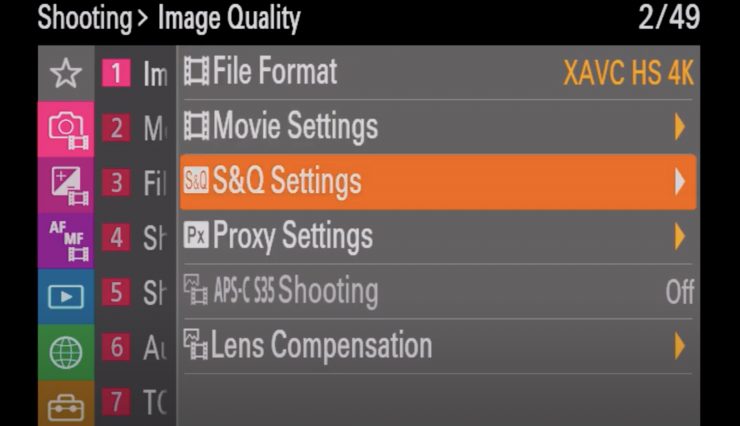
Image credit: B&H 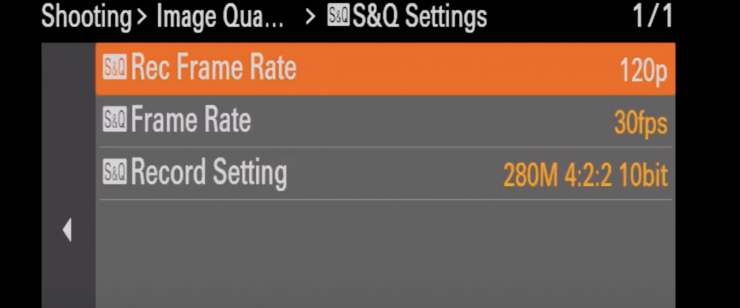
Image credit: B&H
Now, you can either natively record footage at 60p or 120p with audio, or you can go into S&Q mode and choose to record your footage as over cranked slow motion in whatever base frame rate you like.
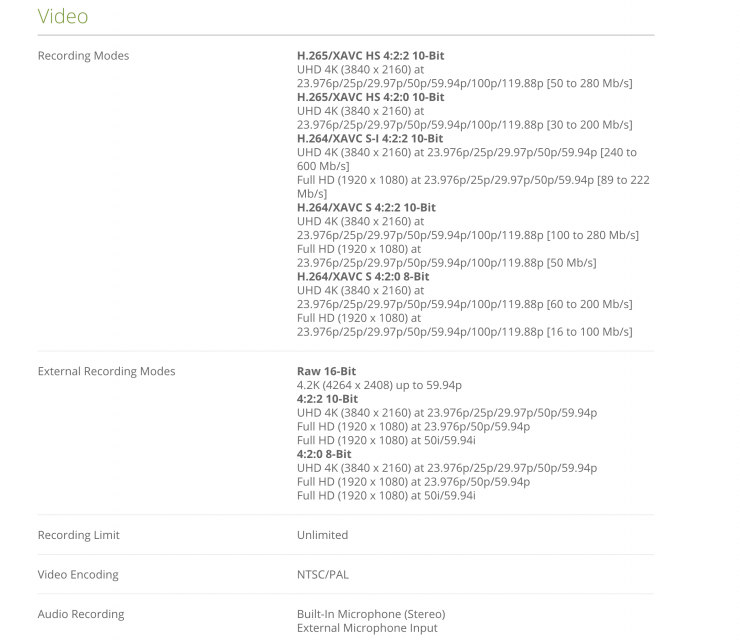
In HD you can shoot at up to 240fps in 4:2:2 10-bit again with no crop. All HD recordings appear to be oversampled 4K. This should result in very nice HD images.
When shooting movies, low bit-rate HD proxy files can be recorded simultaneously with higher bit-rate formats such as XAVC S-I 4K, and these smaller proxy files can then be used for editing and previewing prior to final production delivery. This reduces computer load and allows faster and more efficient workflows. Proxy files can be captured in either 10-bit XAVC HS (1920 x 1080) or 8-bit XAVC S (1280 x 720).
Picture Profiles & S-Log
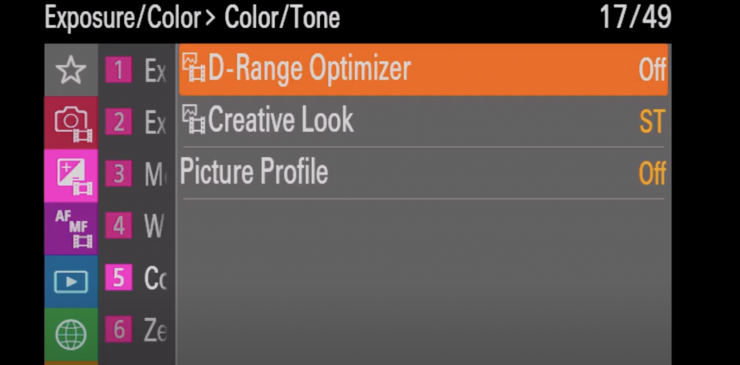
Image credit B&H 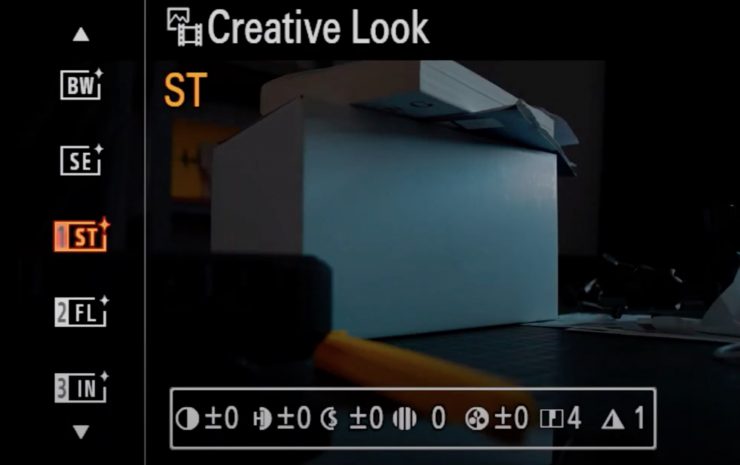
Image credit: B&H 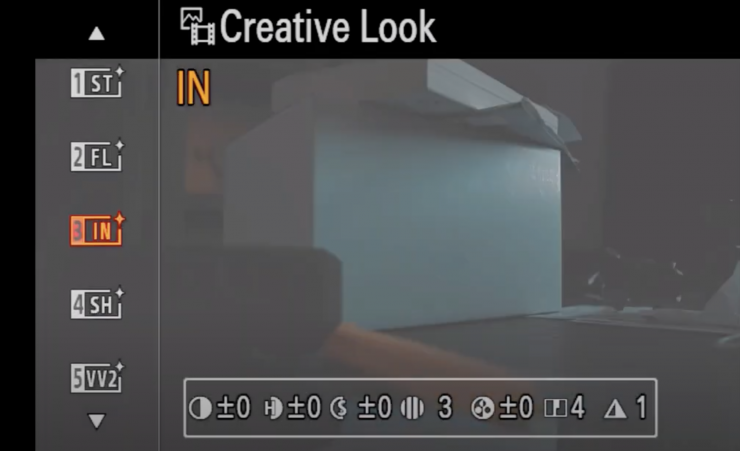
Image credit: B&H
There is a range of picture profiles and Log choices to choose from. Sony gives you 10 creative looks, as well as the ability to record in S-Log 2/ S-Log-3, as well as various HLG profiles.
Here are all of the profiles that are available:
PICTURE PROFILES
Yes (Off/PP1-PP10) Parameters: Black level, Gamma (Movie, Still, Cine1-4, ITU709, ITU709 [800%], S-Log2, S-Log3, HLG, HLG1-3), Black Gamma, Knee, Color Mode, Saturation, Color Phase, Color Depth, Detail, Copy, Reset
CREATIVE LOOKS
ST, PT, NT, VV, VV2, FL, IN, SH, BW, SE, Custom Look (1-6)
Apparently S-Cinetone which was introduced with the FX9, is sort of available on the a7S III, but it is isn’t actually called S-Cinetone. I will have to look into this more dor a definitive answer.
New Electronic IS
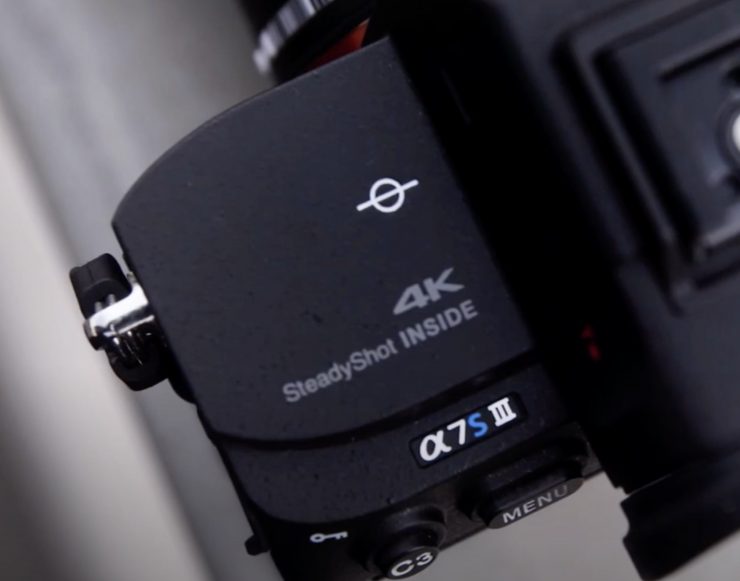
The a7S III has received a brand new electronic IS system that also works in conjunction with Sony lenses that feature OIS.
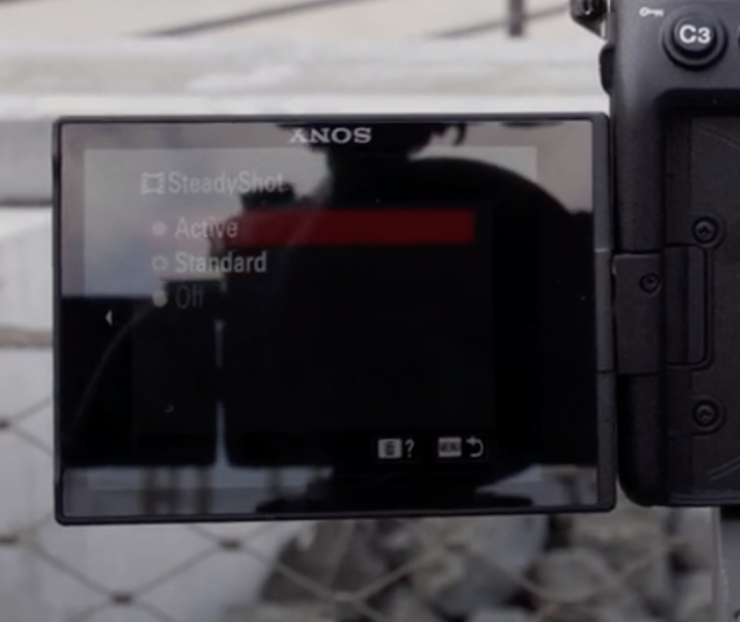
The 5-axis IS is claimed to provide up to 5.5 stops of shake correction. When shooting video with the a7S III you can also activate Active digital stabilization which uses a gyro sensor to record metadata. This metadata can then be used in post to correct images. this looks to be the same system that is used in the FX9. If you activate this it will result in around a 10% image crop.
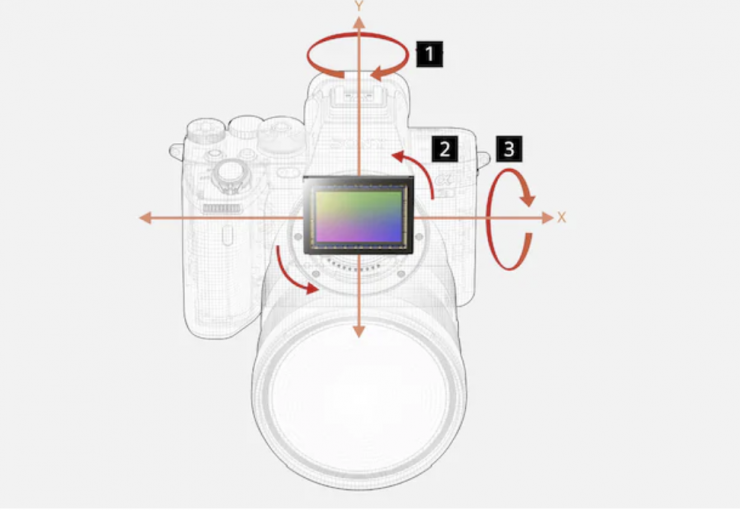
It will be interesting to see how well the IS system performs. Sony’s IS has always lagged behind that of other manufacturers and there is nothing to suggest that this still won’t be the case with the system in the a7S III.
New Menu System & Touchscreen
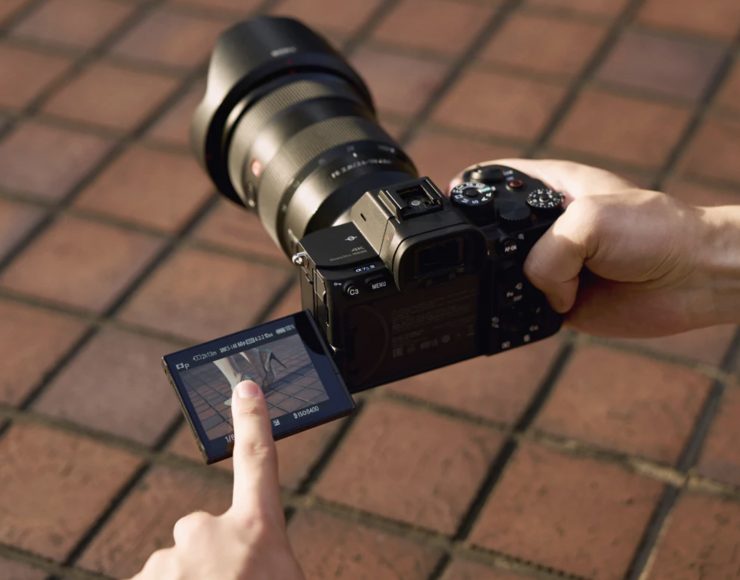
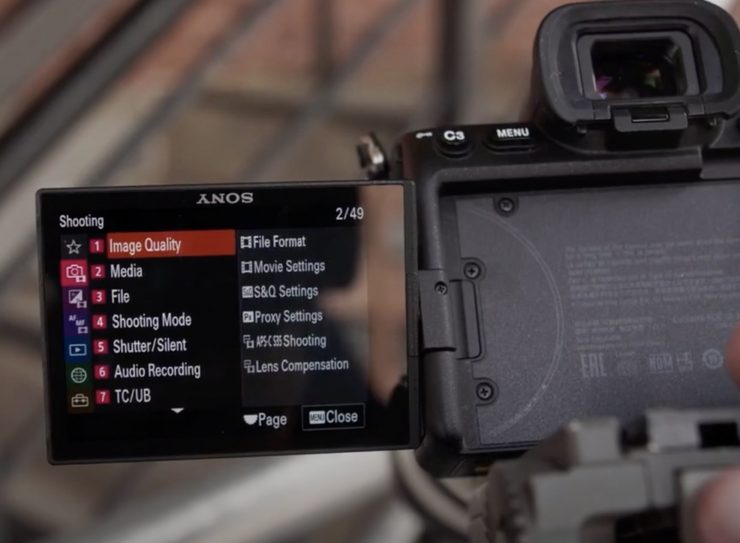
Image credit: B&H
This is long overdue. The menu systems on most Sony cameras, especially mirrorless cameras have been horrid. Finally, Sony has dual menus so you can just access either the video or stills menus separately.
There is also a new touchscreen that should in theory make changes to key parameters a lot easier to do.
Just how much better the menu system will be when compared top previous alpha series cameras will be interesting to see.
New Media
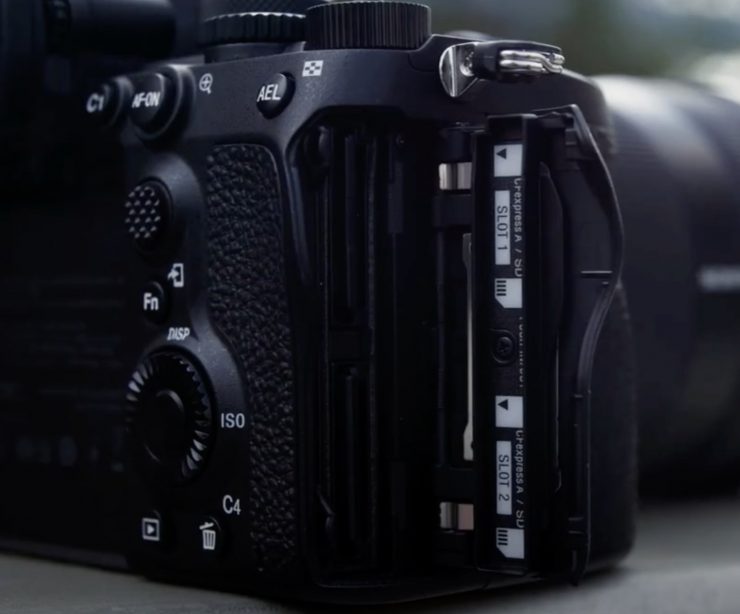
The a7S III has dual card slots and it can use new CFexpress type A cards. This doesn’t mean you have to use the new cards, the camera is still backward compatible with SD UHS-II cards as well.
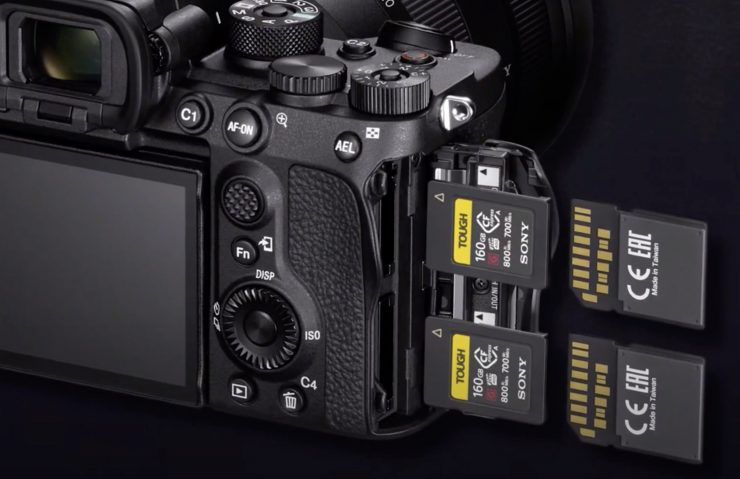
I believe this is the first commercially available camera that can use CFexpress type A cards.
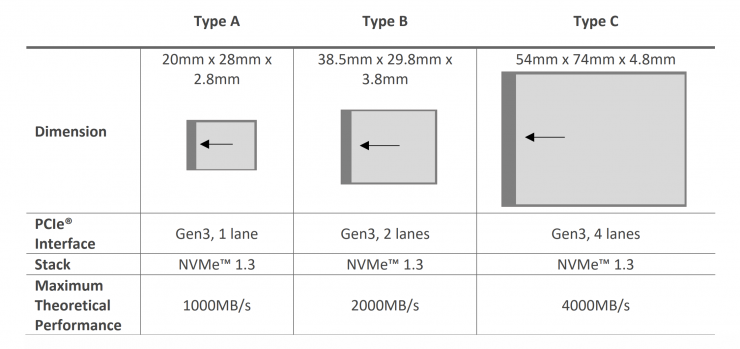
CFexpress was announced back in early 2019, but so far we have only seen CFexpress Type B cards being utilized. There are actually three different standards of CFexpress cards. The Type A card is the slowest of the three standards. But in saying that, it is still capable of theoretical speeds of up to 1000MB/s.
The nice thing about the a7S III is that you can record two both card slots simultaneously if you want to.
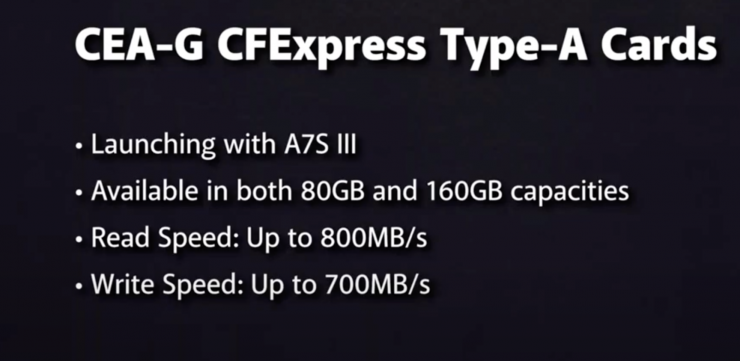
Sony is launching the first CFexpress Type A cards along with the a7S III. Sony also has launched the MRW-G2 CFexpress Type A card reader.
Codecs
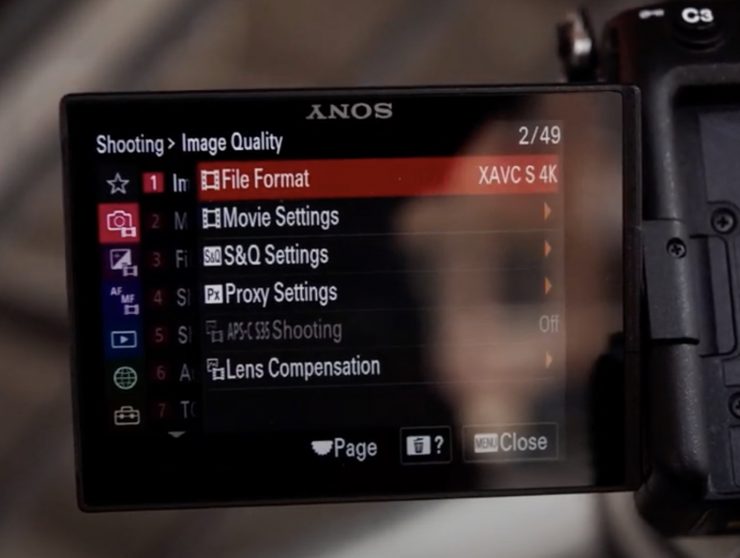
Image credit: B&H 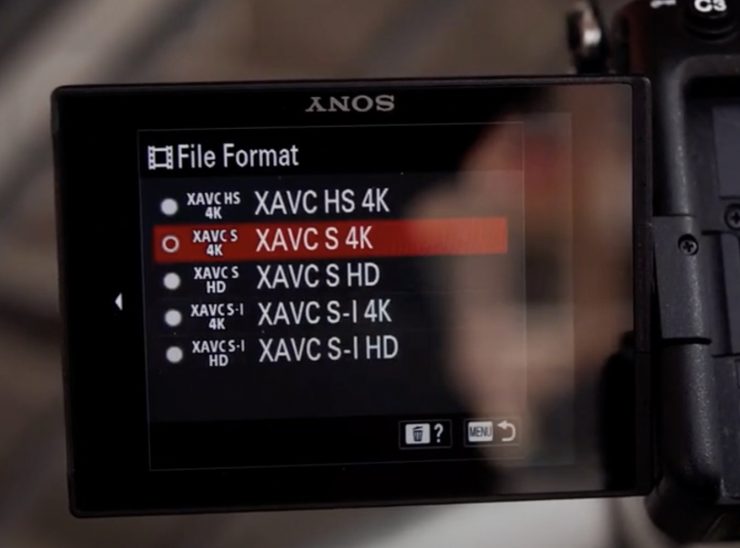
Image credit: B&H 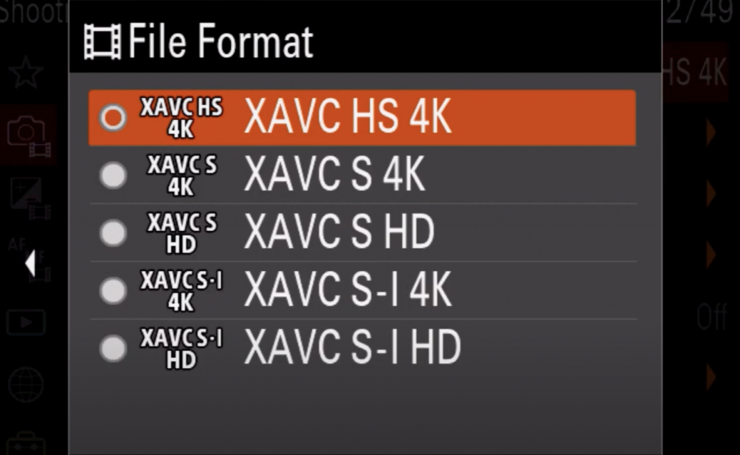
Image credit: B&H 
Image credit: B&H 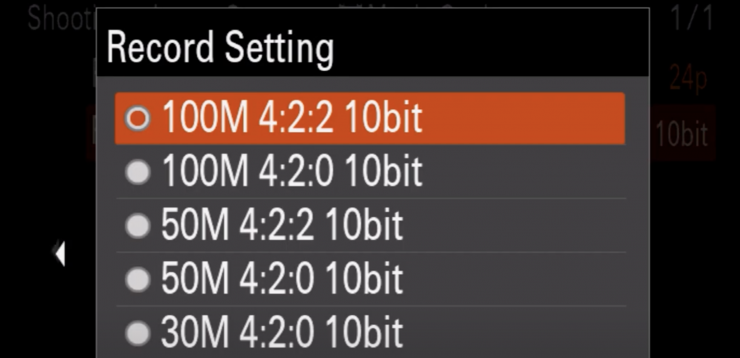
Image credit: B&H 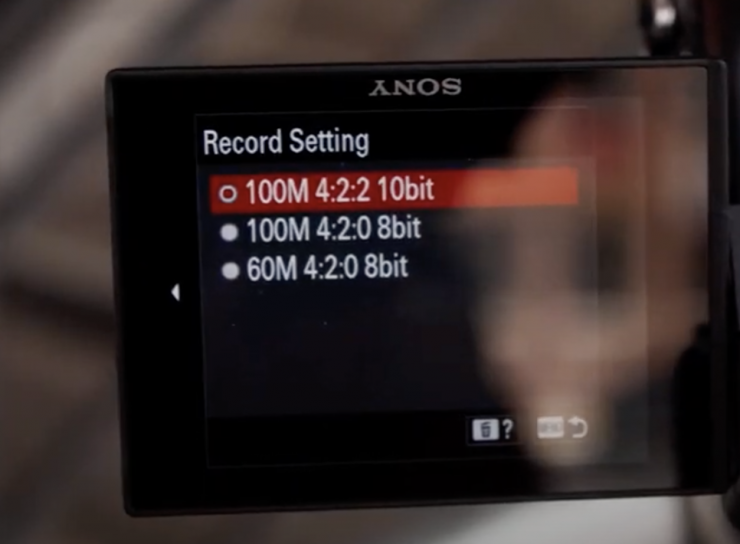
Image credit: B&H
As I have already mentioned, the a7S III records to CFexpress Type A or SDXC cards. It will record in 4K or HD in various flavors of XAVC at up to 600Mb/s. These are the following codec choices that are available in 4K:
- XAVC HS
- XAVC S
- XAVC S-I
If you are shooting in HD you can choose from:
- XAVC S
- XAVC S-I
XAVC S is a subset format, using many of the superlative techniques and technologies used in XAVC, but it is intended for consumer products and workflows. It supports 1920×1080 HD and the 3840×2160 pixel version of 4K, known as Quad Full HD, QFHD, UltraHDTV or UHDTV. XAVC S is a lighter codec with Long GOP compression and relatively small recorded file sizes. XAVC S uses the .MP4 file wrapper for greater compatibility and suitability in consumer workflows.
You may be familiar with XAVC and XAVC S, but the a7S III also adds two new flavors of XAVC, XAVC HS, and XAVC S-I.
XAVC S-I is an All-I codec with a data rate of up to 600 Mb/s. XAVC-HS uses H.265 compression so that file sizes are no more than 200 Mb/s. It is claimed to offer twice the efficiency of XAVC S but with the same level of quality. Even 4K 120p can be recorded in XAVC S-I.
You can record all these XAVC options on either a CFexpress Type A card or a V90 speed-rated SDXC card. If you are not recording in XAVC S-I you can use slower rated SD cards.
If you don’t want to record in 4:2:2 10-bit you can also choose to record in 4:2:0 10-bit or 4.2.0 8-bit at lower bitrates as well.
H.265/XAVC HS 4:2:2 10-Bit
UHD 4K (3840 x 2160) at 23.976p/25p/29.97p/50p/59.94p/100p/119.88p [50 to 280 Mb/s]
H.265/XAVC HS 4:2:0 10-Bit
UHD 4K (3840 x 2160) at 23.976p/25p/29.97p/50p/59.94p/100p/119.88p [30 to 200 Mb/s]
H.264/XAVC S-I 4:2:2 10-Bit
UHD 4K (3840 x 2160) at 23.976p/25p/29.97p/50p/59.94p [240 to 600 Mb/s]
Full HD (1920 x 1080) at 23.976p/25p/29.97p/50p/59.94p [89 to 222 Mb/s]
H.264/XAVC S 4:2:2 10-Bit
UHD 4K (3840 x 2160) at 23.976p/25p/29.97p/50p/59.94p/100p/119.88p [100 to 280 Mb/s]
Full HD (1920 x 1080) at 23.976p/25p/29.97p/50p/59.94p/100p/119.88p [50 Mb/s]
H.264/XAVC S 4:2:0 8-Bit
UHD 4K (3840 x 2160) at 23.976p/25p/29.97p/50p/59.94p/100p/119.88p [60 to 200 Mb/s]
Full HD (1920 x 1080) at 23.976p/25p/29.97p/50p/59.94p/100p/119.88p [16 to 100 Mb/s]
SLOW & QUICK MOTION (SHOOTING FRAME RATE)
NTSC mode: 1 fps, 2 fps, 4 fps, 8 fps, 15 fps, 30 fps, 60 fps, 120 fps, 240 fps4, PAL mode: 1 fps, 2 fps, 3 fps, 6 fps, 12 fps, 25 fps, 50 fps, 100 fps, 200 fps4
These are all good options and it is nice to see that Sony has offered shooters a variety of different forms of XAVC to choose from depending on what their needs may be.
Auto Focus
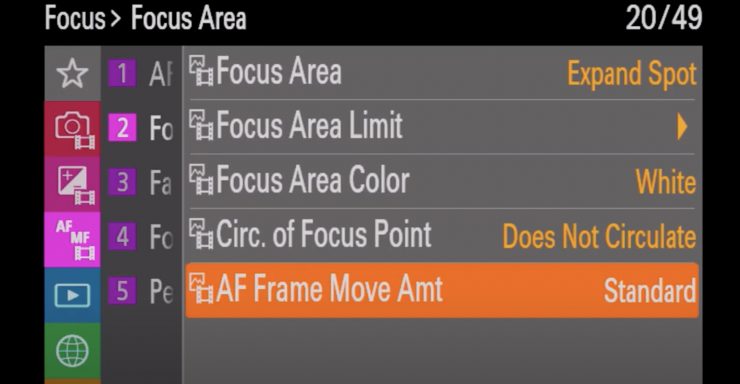
Image credit: B&H 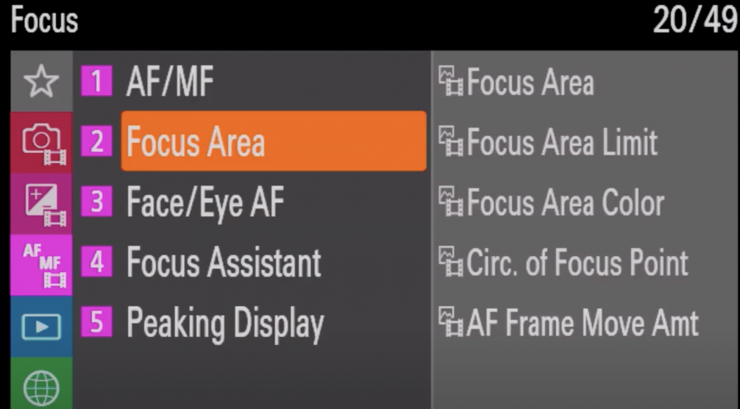
Image credit: B&H 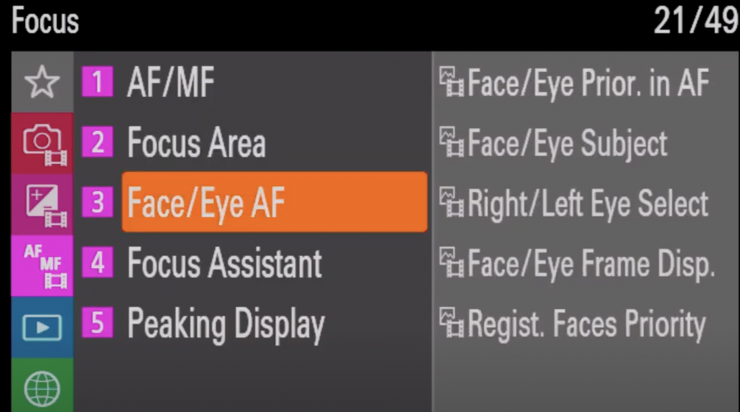
Image credit: B&H 
Image credit: B&H
The auto focus system in the a7S III is based around the same system that is used in the a7R IV. The hybrid autofocus covers 92% of the image sensor and uses 759 phase-detection points and 425 with contrast AF. Just like the a7R IV it features Real-time Eye AF for people and animals.
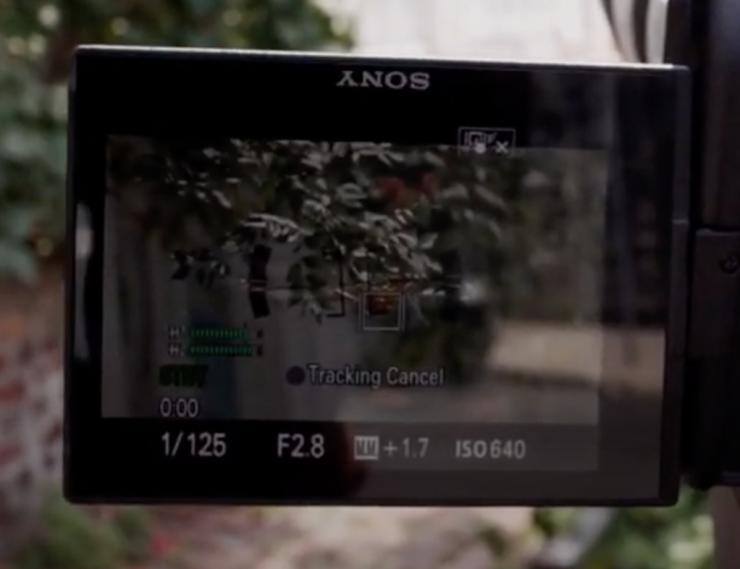
You can touch autofocus using the rear screen and this can be done in any recording mode, even 4K 120p. While you are recording you can also move the focus tracking between two points to do a virtual focus pull.
Audio
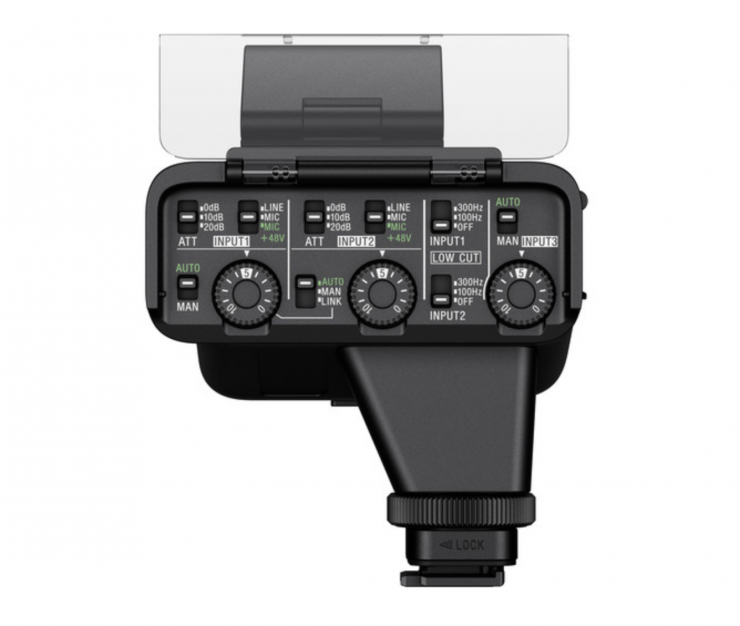
The nice thing about the Sony alpha series camera is that they feature a MI hot shoe so you can use the XLR-K3M audio adapter. This allows for up to four channels of audio to be recorded to the camera.
This is something that is lacking for Canon’s EOS R series.
What’s Missing?
So what’s missing? Any item with a * next to it hasn’t been confirmed. Here is what the a7S doesn’t have:
- Ability to upload LUTS
- Waveform*
- No 4K DCI
- Anamorphic shooting options
- False Color
- BNC timecode in adapter
- Dual Native ISO**
** The a7S III does appear to have less noise once you reach a certain ISO, however, Sony is not saying this camera has a dual native ISO.
Protecting your Line-up
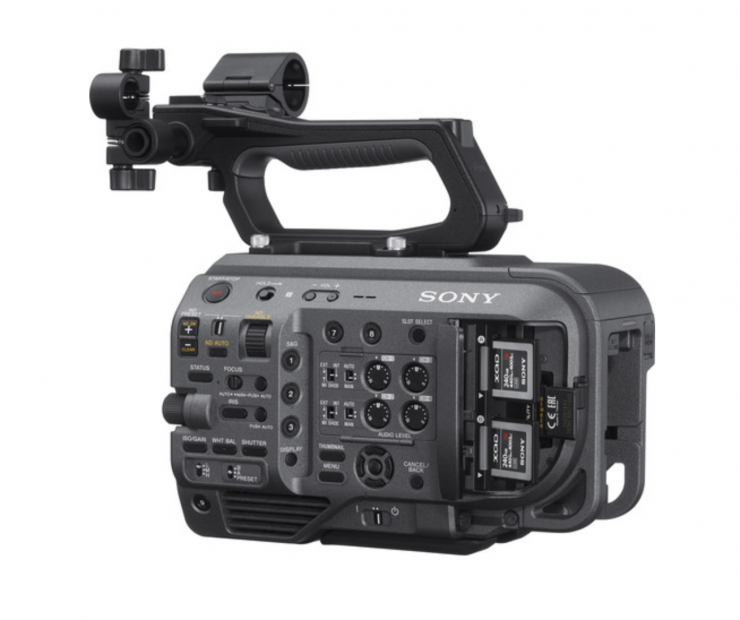
Sony has always stayed away from offering features in mirrorless cameras that you will find in their Digital Cinema Cameras. This has ultimately left a lot of people frustrated and disappointed. The worry for any manufacturer (and this goes for just about any industry) is that if you put the same high-end features from a more expensive model into a lower-end model you could end up hurting sales. If BMW put the same features from a 5 series into a 3 series and then sold that car for a lot less money, no one would buy the 5 series.
In saying that, Sony has developed a reputation for overly crippling their mirrorless cameras when it comes to video. Having no internal 4:2:2 10-bit recording has often been the biggest talking point. What you need to realize is that internal 4:2:2 10-bit recording from a full-frame sensor camera is not the easiest thing to do. It was one thing to do it on an M4/3 sized GH5, it is an entirely different thing altogether to do it on a full-frame sensor. There was a reason the Panasonic S1H has a fan and there is a reason that the new Canon EOS R5 has some recording limitations.
Small-sized weather sealed cameras are hardly the best design when it comes to heat management.
Price
The camera is going to retail for $3,498 USD and it will start shipping in October.
The a7S III does seem to be reasonably priced, however, if you look at the competition and the fact that this camera is primarily a video camera and it doesn’t have the stills capabilities of a Canon EOS R5 or Panasonic S1H, it may appear a little expensive for what it is.
Let’s see how much the competition costs:
| PRICE | |
| Sony a7S III | $3,498 USD |
| Canon EOS R5 | $3,899.00 USD |
| Canon EOS R6 | $2,499.00 USD |
| Canon EOS R | $1,799.00 USD |
| Panasonic S1H | $3,997.99 USD |
| Panasonic S1 | $1,997.99 USD |
| Sony a7R IV | $3,198.00 USD |
| Sony a7 III | $1,798.00 USD |
| Sony a7S II | $1,998.00 USD |
| Nikon Z6 | $1,796.95 USD |
| Sigma fp | $1,799 USD |
Competition
There are quite a few full-frame mirrorless hybrid cameras on the market and they all have their pros and cons. The main direct competition to the a7S III is the Canon EOS R5 and the Panasonic S1H.
| RECORDING RESOLUTION | BIT DEPTH (internal) | FRAME RATES | RAW | |
| Sony a7S III | UHD, HD | 4:2:2 10-bit | 4K up to 120p HD up to 240p | Yes (external) |
| Canon EOS R5 | 8K, 4K DCI, UHD, HD | Canon RAW & 4:2:2 10-bit | 8K up to 30p 4K up to 120p | Yes |
| Canon EOS R6 | UHD, HD | 4:2:2 10-bit | UHD up to 60p, HD up to 120p | No |
| Canon EOS R | UHD, HD (crop when shooting 4K) | 4:2:0 8-bit | 4K up to 30p HD up to 60p | No |
| Panasonic S1H | 6K, 5.9K, 5.4K, DCI 4K, UHD, 4K anamorphic, HD | Resolutions above 4K DCI are limited to 4:2:0 10-Bit 4:2:2 10-bit when shooting in resolutions of 4K DCI and below | 6K up to 24p 5.9K up to 30p 5.4K up to 30p 4K DCI up to 60p HD up to 180p | Yes, externally. Although not available yet |
| Panasonic S1 | UHD, HD | 4:2:2 10-bit | UHD up to 60p HD up to 180p | No |
| Sony a7R IV | UHD, HD | 4:2:0 8-bit | UHD up to 30p HD up to 120p | No |
| Sony a7 III | UHD, HD | 4:2:0 8-bit | UHD up to 30p HD up to 120p | No |
| Sony a7S II | UHD, HD | 4:2:0 8-bit | UHD up to 30p HD up to 120p | No |
| Nikon Z6 | UHD, HD | 4:2:0 8-bit | UHD up to 30p HD up to 120p | Yes, externally |
| Sigma fp | UHD, HD | 4:2:0 8-bit, 4:2:2 10-bit, 4:2:2 12-bit | 4K DCI up to 30p HD up to 120p | Yes. Internally and externally |
These specifications are for internal recording. Some cameras can only record in certain resolutions and frame rates in 4:2:0 8-bit.
As far as resolutions, frame rates, and internal recording are concerned, the Canon R5 and the Panasonic S1H offer better options, at least on paper.
| SENSOR SIZE | TIME RECORDING LIMITATIONS | MEDIA | WEIGHT | |
| Sony a7S III | 12.1MP | 4K 4:2:2 10-bit up to 30p (no restrictions) 4K 4:2:2 10-bit 50/60P ( 1 hour) 4K 120p (20 minutes) HD up to 240p (no restrictions) | Dual CFexpress Type A & SDXC slots | 614g (21.65oz) Body only |
| Canon EOS R5 | 45MP | 8K DCI Canon RAW 12-bit & 4:2:2 10-bit up to 30p (20 minute record limitation) 8K 4:2:2 10-bit up to 30p (20 minutes) 4K DCI 4:2:2 10-bit up to 60p (29 Minutes, 59 Seconds) 4K DCI 120p (5 minutes) UHD 4:2:2 10-bit up to 60p (29 Minutes, 59 Seconds) UHD 4:2:2 10-bit 120p (5 minutes) HD 4:2:2 10-bit up to 60p (29 Minutes, 59 Seconds) | Slot 1: CFexpress Type B Slot 2: SD/SDHC/SDXC (UHS-II) | 738 g (1.62 lb) Battery and media included |
| Canon EOS R6 | 20MP | UHD 4:2:2 10-bit 60p (oversampled) (29 Minutes, 59 Seconds) UHD 4:2:2 10-bit 60p (APS-C) (29 Minutes, 59 Seconds) UHD 30p 4:2:2 10-bit (29 Minutes, 59 Seconds) | Dual SD/SDHC/SDXC (UHS-II) | 680 g (1.5lb) Battery and Media included |
| Canon EOS R | 31.7MP | 29 min 59 seconds | Single Slot: SD/SDHC/SDXC (UHS-II) | 660 g (1.45 lb) with Battery and Media included |
| Panasonic S1H | 24.2MP | No recording limitations | Dual Slot: SD/SDHC/SDXC (UHS-II) | 1164 g (2.56 lb) Body with Battery and Media included |
| Panasonic S1 | 24.2MP | No recording limitations | Slot 1: SD/SDHC/SDXC (UHS-II) Slot 2: CFexpress Type B / XQD | 1021 g (2.25 lb) Body with Battery and Media included |
| Sony a7R IV | 24MP | No recording limitations | Dual Slot: SD/SDHC/SDXC (UHS-II) | 665 g (1.46 lb) body only |
| Sony a7 III | 24MP | Up to 29 Minutes | Slot 1: SD/SDHC/ SDXC (UHS-II) Slot 2: SD/SDHC/SDXC/ Memory Stick Duo Hybrid (UHS-I) | 650 g (1.43 lb ) body only |
| Sony a7S II | 12.2MP | Up to 29 Minutes, 59 Seconds | Single Slot: SD/SDHC/SDXC/ Memory Stick Duo Hybrid (UHS-I) | 627.1 g (22.12 oz) Body with Battery and Media card |
| Nikon Z6 | 24.5MP | Up to 29 Minutes, 59 Seconds | Single Slot: CFexpress Type B / XQD | 585 g (1.29 lb) Body Only |
| Sigma fp | 24.6MP | No recording restrictions | Single Slot: SD/SDHC/SDXC (UHS-II) | 422 g (14.89 oz) Body with Battery and Media card |
Final Thoughts
Despite not having the eye-catching specifications of the Canon EOS R5, there is still a lot to like about the a7S III. In a lot of ways, it is a more practical camera for a lot of video shooters who are already heavily invested in E-mount glass. No, it doesn’t have 8K or internal RAW recording, but that’s not something a lot of people actually need. However, it isn’t going to be anywhere near as good as the R5 when it comes to stills performance.
I think for a lot of people the 4K up to 60p in 4:2:2 10-bit and no crop is going to cover an awful lot of real-world requirements. It is also nice to see that you can record 4K 4:2:2 10-bit at up to 30p with no time restrictions.
HD at 240fps with no crop and 4K at 120fps with virtually no crop are nice added features, and if you really do need to record RAW you can do so externally.
If you own a Sony Digital Cinema Camera, then the new a7S III is going to meet most people’s requirements as a lightweight B camera or camera you can put on a gimbal.
If you are invested in Canon EF or RF mount glass or you use a Canon Digital Cinema Camera then you are undoubtedly going to go with an EOS R5 or R6.
In saying all of this, the proof will be in the pudding. Specifications and features don’t mean anything unless the camera can perform in real-world situations.
Is the a7S III the magical unicorn everyone was expecting, probably not, but it looks to be a very solid offering.
There are now plenty of great options available. It doesn’t matter whether you prefer Sony, Canon, Blackmagic, Panasonic, etc. there is a camera out there that will suit your needs.
Like what we do and want to support Newsshooter? Consider becoming a Patreon supporter and help us to continue being the best source of news and reviews for professional tools for the independent filmmaker.

